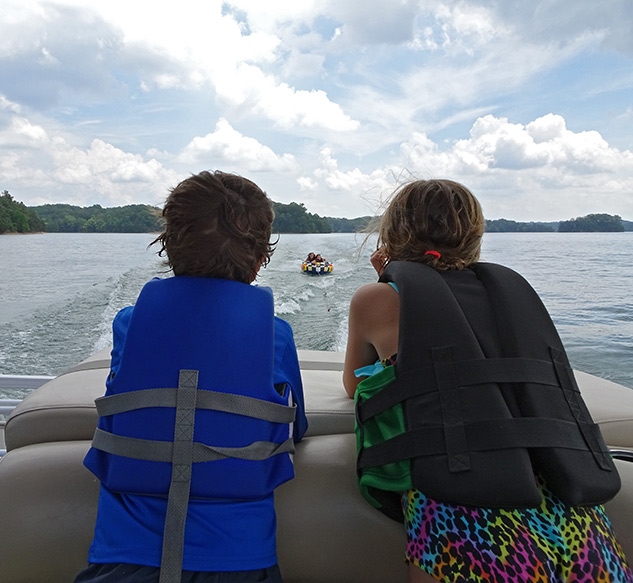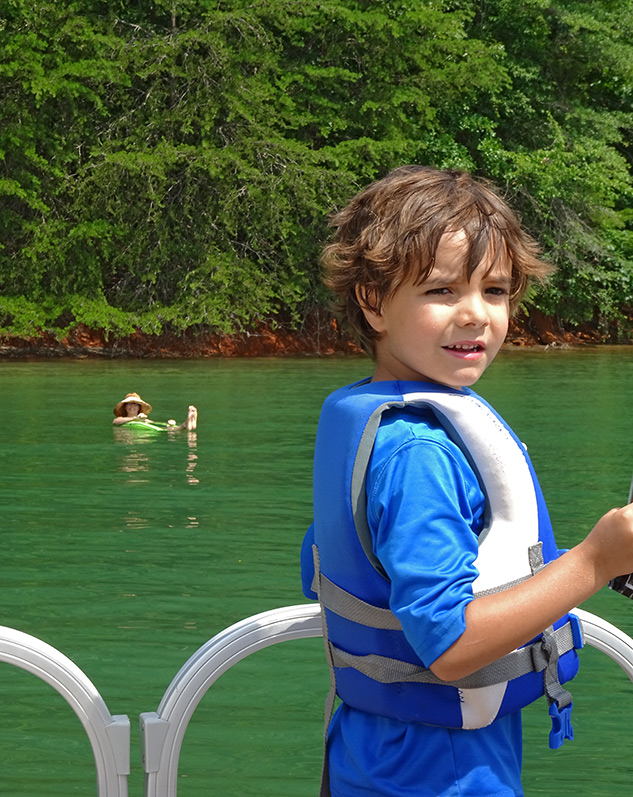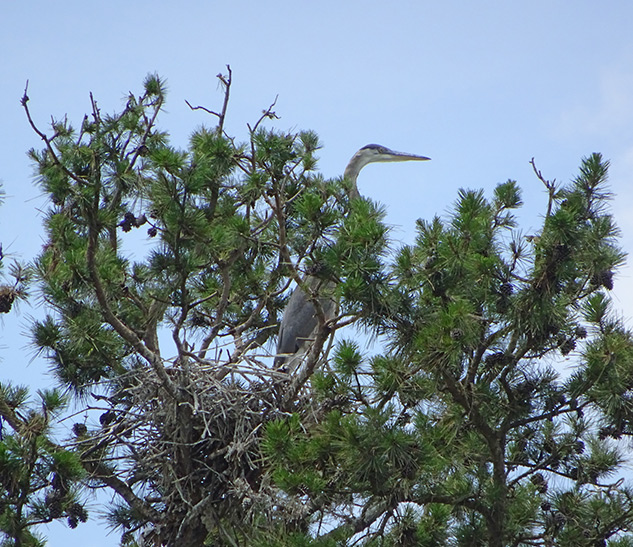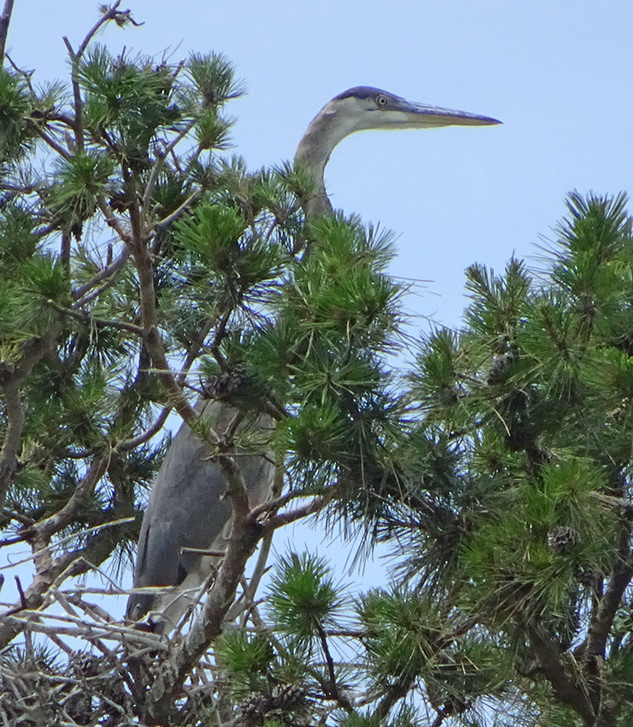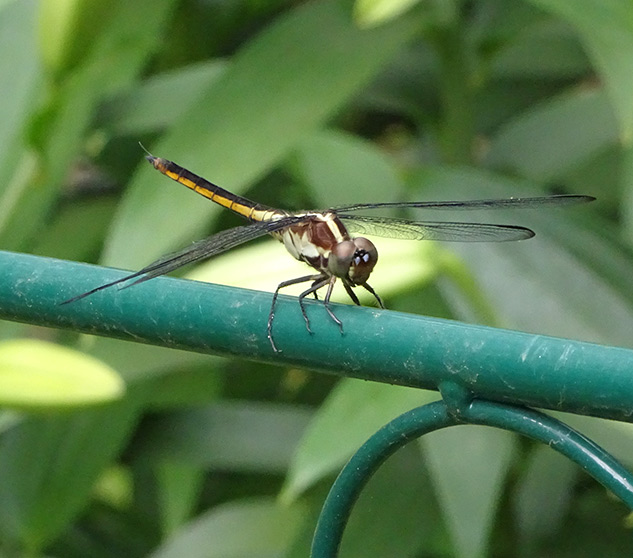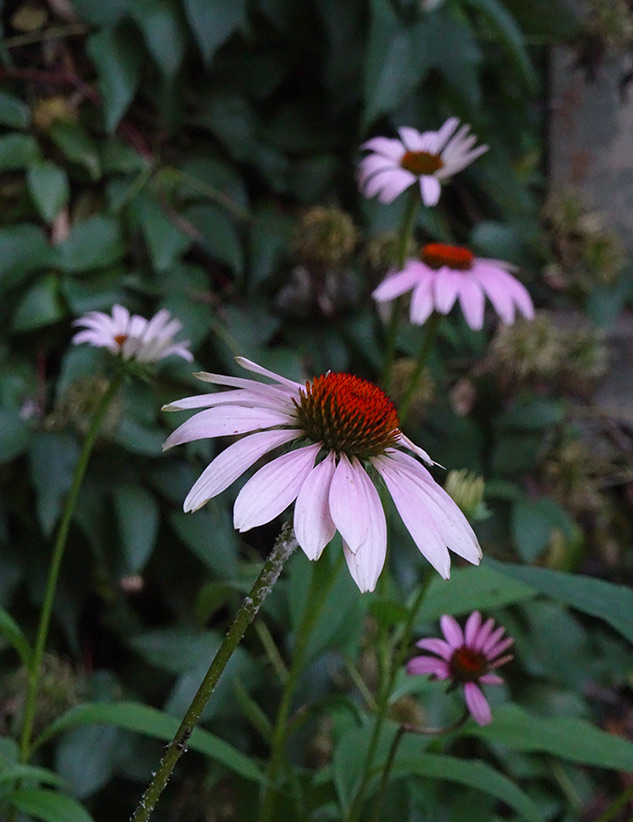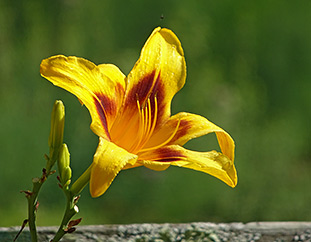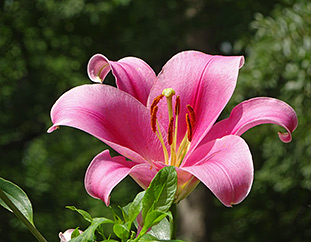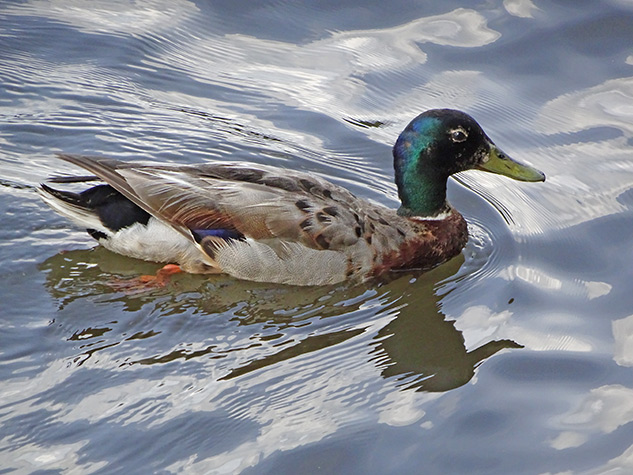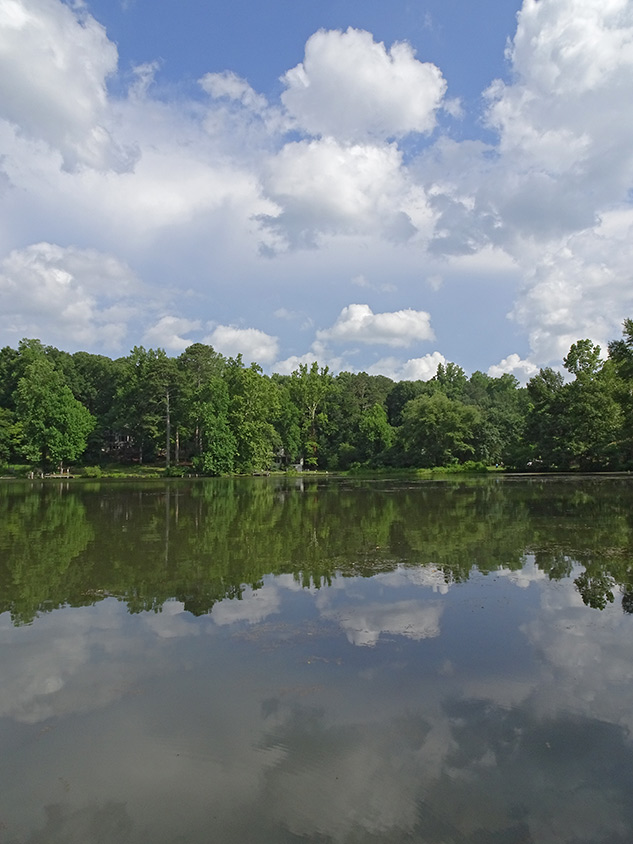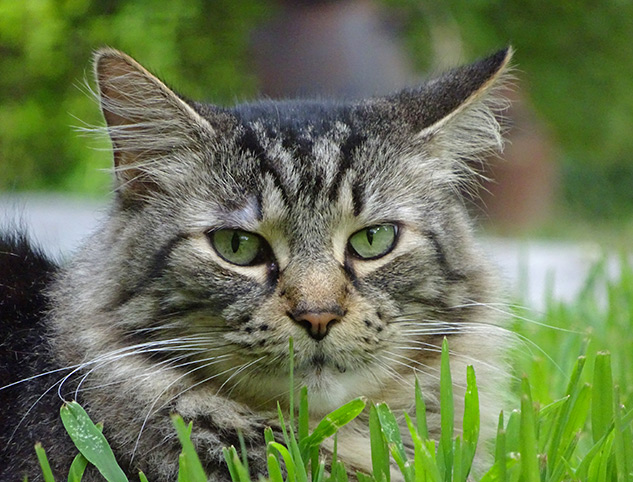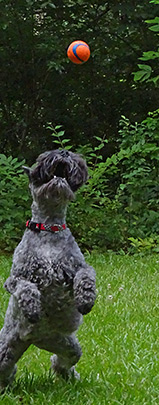Sony HX90V Initial Gallery Impressions: To boldly go where no smartphone has gone before
posted Tuesday, June 23, 2015 at 6:10 PM EDT
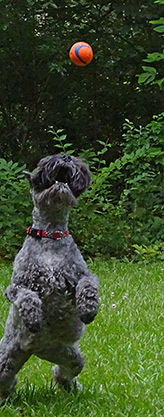
As a digital camera reviewer I cut my teeth a few years ago on the Shooter's Report for the Sony HX30V, a 20x zoom offering that was several incarnations before the HX90V. That camera greatly surprised me in terms of just how much an affordable digicam could achieve, so I was excited when we finally received our Sony HX90V sample, a 30x "travel zoom" offering spanning the 35mm equivalent zoom range of 24-720mm, all in a compact little body similar in size to its venerable big brothers in the popular RX100 series. And while the HX90V may not have the relative superstar status of that line amongst the enthusiast photographer crowd, it has resided on our most popular cameras pod of our homepage for well over a month now, so some of you out there must be looking!
Of course, the basic look and feel of these two lines along with the somewhat similar menu systems are where the similarities end, because to achieve a 30x zoom in this small a package requires a much smaller sensor - in fact only about a quarter the size! This is a significant difference, and makes the topic of image quality all the more important to examine. Several weeks ago we posted our HX90V Lab First Shots for an initial inspection of our Still Life test target as compared to other cameras in this class, but lab samples are only half the picture as the real world presents unique challenges you're more likely to face in your own shooting.
I've now had the chance to keep the HX90V alongside me during a weekend lake excursion in order to put this little travel zoom offering to the test in the real world, and have just posted 36 initial images to our Sony HX90V Gallery page. Below are a few selects from the gallery across the expansive 30x zoom range, resized to fit this page and cropped and/or edited in post-processing to balance shadow/highlight detail if needed. As always, click any image to view the original, unedited version as delivered straight from the camera, which will give you access to the full resolution image and associated EXIF data as well.
Convenience and versaility that a smartphone can't match
The two images above showcase the attraction of having a 30x zoom range in your pocket. It takes about 2 seconds to zoom in and switch the mode dial from "A" to "S", taking you from portrait shooter to action photographer in no time flat. It's nice to know that, at least in full summer sun, the small f/6.3 aperture here is still "fast" enough to allow for a 1/800s shutter speed while still keeping the ISO in check at 200.
Of course, even at such a fast shutter speed, having onboard image stabilization is a must with any long-zoom camera. The HX90V has three settings - on, off and intelligent. I chose to keep it set to 'on' for this excursion, but left it on intelligent for general walking around shooting. Again, the speed and simplicity of a long zoom camera trump all smartphone advantages in a case such as this one.
As with most current Sony models, the HX90V comes equipped with a Dynamic Range Optimizer which can be enabled and set to "auto" or one of 5 levels. This image employs the auto setting, which gave me good dynamic range initially from which to further tweak in post-production.
This image is right in the wheelhouse of the classic portrait focal length range of 70mm-150mm eq., depending on who you talk to. I don't mind being relegated to an aperture of f/5.6 for this shot, as I prefer the background imagery to not be too blurred in this particular case, but it is worth remembering that this camera is not able to deliver the subject-to-background isolation sought after for many portrait images. I'll go over that in more detail down below, but depth of field aside, I find the HX90V to be quite capable of capturing good portrait images with rich, accurate colors and a natural white balance when in "auto white balance".
When 720mm eq. zoom range really comes in handy
We were fortunate to come across a heron rookery on an island in the lake we were on. The nests are in the top of very tall Georgia pines... a near perfect use for the full optical zoom capabilities of the HX90V!
These gorgeous birds look prehistoric to me and are fascinating. Now that I know the location of the island I'll be sure to trek back there and spend more time trying to capture images (quietly and respectful of their privacy of course... that's where long zoom's come in handy!). Yet again, in full sun I was able to use a 1/800s shutter speed in order to avoid motion blur at such a long focal length, while still remaining at ISO 250.
The HX90V becomes virtually silent when all sounds are turned off, which is handy for wildlife shooting. DSLR's and most mirrorless cameras emit some form of shutter noise, even if the "beeps" are turned off, and some are worse than others (you know who you are!). But in silent mode on this camera you won't be disturbing people or wildlife with shutter noise, that's for sure.
The first image is cropped slightly, and this image is cropped in even more and using the available 18.2 megapixels to full advantage for digital zooming in post production. There's one additional heron image as well as a closer zoom of an empty nest available in the image gallery.
The trouble with cranking the ISO gain on smaller sensors
I was delighted to be able to get so close to this dragonfly one day while out and about shooting. He didn't seem to mind, almost seemed to pose for me. Unfortunately it was still early in the morning, and without the advatage of full daytime sunlight I had to let the ISO climb to 640 here in order to achieve a modest 1/250s shutter speed. As most of you know, sensors this small don't generally handle higher ISO's well in terms of noise levels, and it's commonly preferred to remain below ISO 400 until moving up to a larger sensor size. The HX90V is no exception to this generally sound rule.
Here at ISO 640, and without the need to crop in very far, we can already see signs of ISO noise in the background. Below is a 1:1 crop for a better idea of the noise level present here. It's not terrible at this point, but something to be aware of. If your intentions are to print larger than 5 x 7 inches, and also if you need to crop in as I've done here, you'll want to pay special attention to your ISO levels with this camera and try and keep it under ISO 400 when possible.
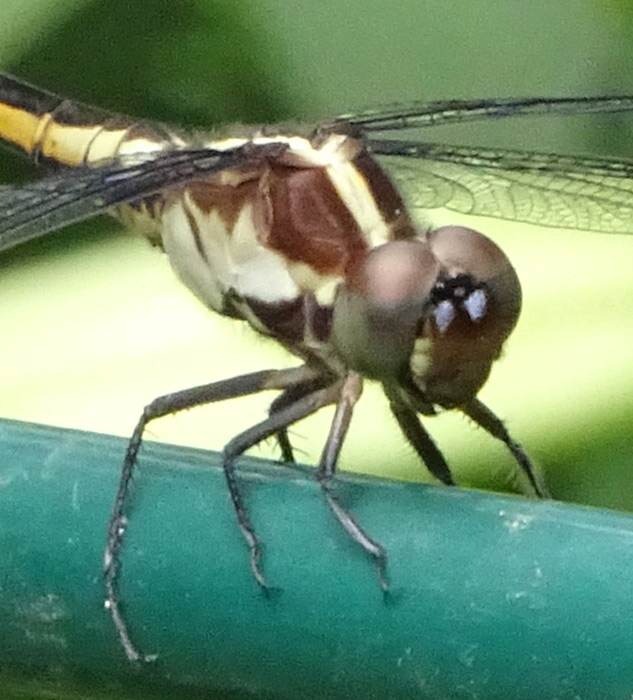
Moving to ISO 800 allowed me to capture one of my favorite images in this series. Using the dedicated EV button on the 4-way dial, I lowered the EV by a stop which allowed an exposure more to my liking for the ambience of this scene, and allowed a fast enough shutter while remaining at ISO 800.
Below are a few examples of flora in more direct sunlight at ISO 100 and 80, respectively.
Click on either image to see more detail!
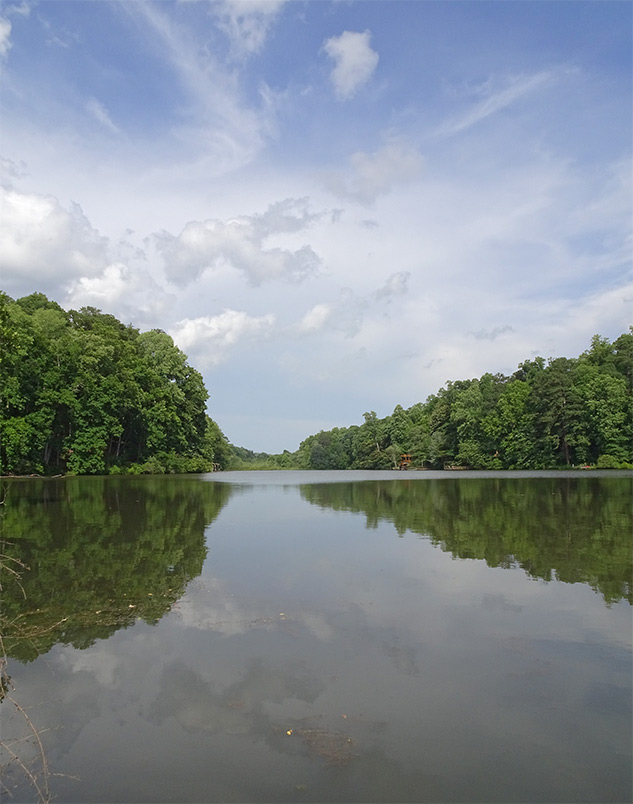
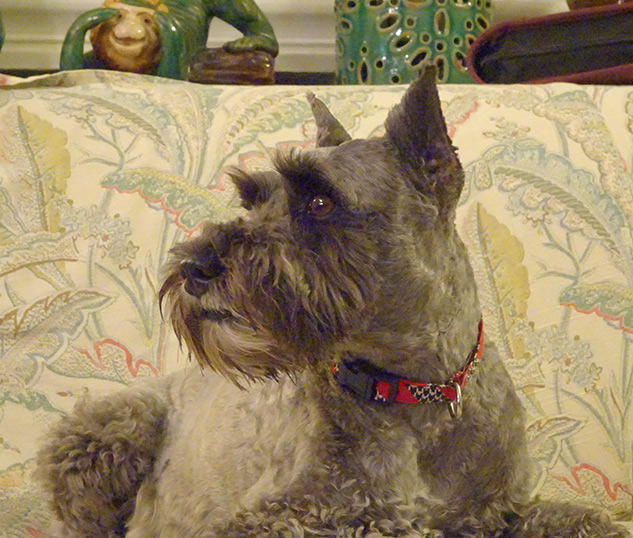
This image was shot in low indoor light to give you an example of ISO 3200. This is well above the recommended gain setting for this sensor size, as discussed above, but it was necessary here in order to achieve a reasonably fast shutter speed of 1/40s without resorting to flash, which would have been too obtrusive for this scene for my taste. When viewing the image in this way, online and not full resolution for a large print, it's really not too bad considering the size and price of this camera.
Back to The Great Outdoors
Full sunlight becomes the great equalizer for image quality across many aspects of photograhy, and why pocket long-zooms are geared towards both travel and well-lit wildlife photography. Once the light levels become lower in the morning, at dusk or when the clouds move in, your wildlife shooting chops are lowered a great deal with smaller-sensored cameras with relatively dim apertures, but I found the HX90V to be quite capable when the sun was out in focrce.
Squeezing bokeh from a small sensor
As many of our enthusiast readers know, but something that bears repeating for anyone not yet up to speed on the mechanics of getting good bokeh (background blur in association with a shallow depth of field) there are three primary components needed from your camera and settings to allow for good subject-to-background isolation, and therefore good bokeh. These are a wide aperture (f/2.8 and larger, which means a smaller number), a relatively large sensor and a longer focal length.
Of these three, the HX90V and cameras in this class tend to offer only one of these advantages, and that's the ability to achieve a longer focal length. Due to the lack of the other two primary ingredients, you're unable to achieve the coveted isolation provided by larger and more expensive rigs, but you can maximize your abilities in this camera class by zooming farther when appropriate, keeping the aperture as large as possible and separating your subject from the background further when possible.
Zooming once again to within the classic portrait-shooting range and getting fairly close to my subject allowed me to achieve a reasonable amount of subject-to-background isolation within the limits of this camera class. At ISO 1250, there is some noise apparent in the background blur, which isn't too bad at this viewing resolution but if you're intending to make prints you're better off remaining at a lower ISO.
Conclusion
I came away from my initial experience with the Sony HX90V with mixed feelings. On the positive front, the camera is solid, fun and easy to use. It's fast to power up and zoom in, and I found the controls and menus easy to operate and understand. With very few exceptions, I was able to wrestle even some relatively difficult-to-capture images with ease, and grew to feel comfortable keeping it with me everywhere I went so that I wouldn't need to worry about missing a rare moment.
On the not-so-positive side, the image quality is a bit on the noisy side, even viewing 1:1 crops at the lower ISOs. And since there is no RAW capture available, you get what you get. My hope is that Sony is able to tweak the JPEG engine with a firmware upgrade in order to further minimize noise at the lower ISO's, as that will make the camera much more approachable to the enthusiast crowd.
But if you're not interested in pixel-peeping and just need a capable pocket long zoom for use primarily for sharing on the web and small prints, especially if you're usually shooting outdoors, this camera should very much make your short-list to consider. As you can see, it can deliver very good images with ease for those purposes.
• • •
Check back in with us, as we'll have more to come from the Sony HX90V. In the meantime, check out 25 additional image selects in the gallery!
Sony HX90V Gallery
Sony HX50V vs Sony HX90V
Nikon S9900 vs Sony HX90V
Canon SX710 vs Sony HX90V
Panasonic ZS50 vs Sony HX90V
Ready to place your order for a Sony HX90V? Use one of Imaging Resource's trusted affiliates below. The purchase of this camera, or any other product, from one of these retailers helps support the site!

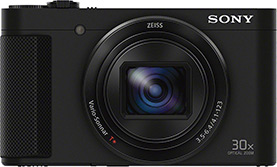
This image was shot in low indoor light to give you an example of ISO 3200. This is well above the recommended gain setting for this sensor size, as discussed above, but it was necessary here in order to achieve a reasonably fast shutter speed of 1/40s without resorting to flash, which would have been too obtrusive for this scene for my taste. When viewing the image in this way, online and not full resolution for a large print, it's really not too bad considering the size and price of this camera.


